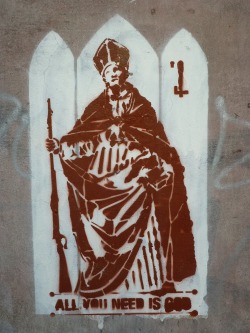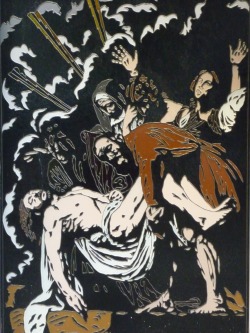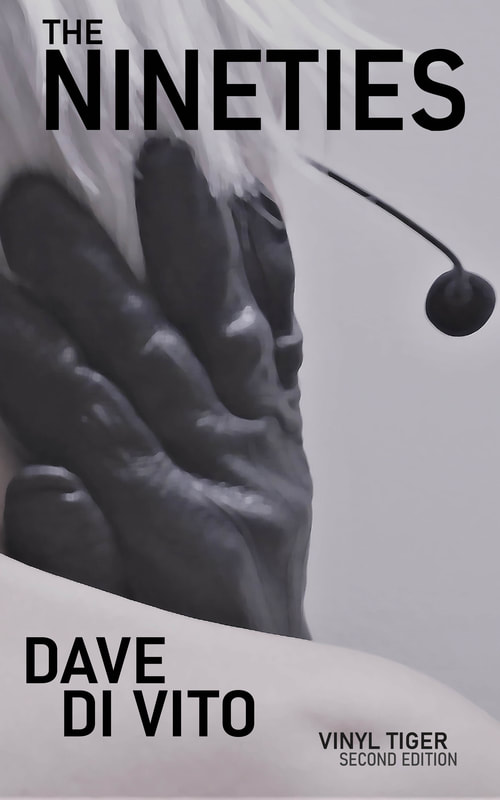 For all the protestations that it is not the case, the reality is that in many areas, Italy remains a deeply conservative nation. When it comes to contemporary art, and modes of thinking, it can seem as if the tremendous legacy of Italy's artistic past simply dwarfs the desire of the current generation to be progressive and challenge the visual aesthetics that are considered the norm. Case in point is Rome. Rome has a charm all of its own; a product of almost three thousands years of refinements, reincarnations and stagnation. Where other burgeoning European cities such as Berlin, Barcelona and Madrid can recall their pasts with one hand, and look forward to their futures with the other, Rome is a place where so much of its identity is carved from its past. In fact, much of its self identity and international standing trades and relies on the legacies of its occasionally glittering past. For a visitor, its an intoxicating idea; that the Eternal City still bears the hallmarks of its past, yet for those who are here for the longer term, the idea is one which can be oft infuriating. It's a complicated scenario, but one where change still plays a part, albeit on a much smaller scale. When it comes to street art and contemporary art, its unlikely that Rome will ever compete with its Northern neighbors, but slowly, the interest in urban art is growing, and may well eventually reach a level of acceptance, if not appreciation, that would be considered the norm in other major metropolises. A recent New York times blog article (http://intransit.blogs.nytimes.com/2010/04/16/street-art-goes-mainstream-in-rome) pointed out that there is a growing visibility to street art in Rome. On a comparative scale, the quality of work currently lining public (and exterior private) spaces is inconsistent and occasionally juvenile, but, in keeping with tradition. Graffiti has always been a vital, immediate and spontaneous element in urban life. In Rome, this stretched back to ancient times when graffiti took the form of political, irreverent and humorous scrawlings on walls (http://www.explore-italian-culture.com/ancient-roman-daily-life.html). But it's the graphic form of street art that interests cultural buffs and citysiders these days. For every well conceived and executed design are countless rudimentary tags scrawled across surfaces. In Rome, the ratio between finely tuned and clumsily scrawn works is still disproportionately in favor of the neanderthal like tags. The Roman street art scene it seems, is only just starting to evolve, carving its own identity out of the shadow of the monolithic influence of Rome's cultural past; and seems to be slowly moving towards pre-planned and thoughtful stencils. As in any other city, the best examples of these works can have the same effect that the humorous scrawlings of ancient Rome did; which is to bring a smile or a wry acknowledgment from passersby. In particular, it is the work being created by the NUfactory collective (http://www.nufactory.it) which is encouraging local artists to reclaim public spaces as art spaces. The 'All You Need is Wall' series which in recent years seems to have left its mark in some of Rome's most interesting Quarters, is an elevation of the more commonly seen level of practice, and sits in company with the Sten and Hogre series which are decorating all types of surfaces in the eternal city in engaging ways. A particular favorite, located on a suitably textured surface in Piazza Verbano, one of Rome's well to do areas, offers a fresh take on the ubiquitous religious iconography that we tend to associate with the home of Roman Catholicism and the Papal Seat (okay, yes I know the Vatican is an entity of its own, but let's not split hairs here). Compare the inset image All You Need is God to the below image of a stain glass mural located right around the corner from the stencil piece, (I spotted it outside the shop of a local stain glass artisan) and it becomes apparent how potentially powerful the interplay between old and new could be for a city like Rome, which does not embrace change readily (more on that later). That artisans are still producing these more conventional images alongside the hopefully burgeoning scene of urban artists gives me hope that the underground art scene in Rome will flourish, not just as an idea, but perhaps with a momentum that will see it grow to the level of acceptance and appreciation that is already the case in urban centres such as London, Melbourne and NYC.
0 Comments
Your comment will be posted after it is approved.
Leave a Reply. |
Dave
|
|
|
Dave Di Vito is a writer, teacher and former curator.He's also the author of the Vinyl Tiger series and Replace The Sky.
For information about upcoming writing projects subscribe to the mailing list. Dave hates SPAM so he won't trouble you with any of his own. He promises. |





 RSS Feed
RSS Feed